Dances in Venezuela Harmony: Exploring the Richness of Venezuela’s National and Regional Dances Across the Andes, Plains, and Coastal Regions
Introduction:
Venezuela, a country celebrated for its natural beauty and cultural diversity, boasts a vibrant tapestry of traditional dances that reflect the nation’s history, indigenous roots, and multicultural influences. From the spirited Joropo to the graceful Tamunangue, Venezuela’s national and regional dances mirror the geographical and cultural richness of the land. This exploration delves into the captivating world of Venezuelan national and regional dances, unraveling their origins, characteristics, and cultural significance.
I. National Dances:
1.1 Joropo: The Lively Heartbeat of Venezuela
Joropo, often considered the national dance of Venezuela, is a lively and energetic dance that originated in the llanos, the vast plains of the country. Rooted in the cultural fusion of indigenous, African, and European influences, Joropo is characterized by intricate footwork, dynamic turns, and the rhythmic sounds of the harp, maracas, and cuatro. The dance serves as a vibrant celebration of Venezuelan identity, reflecting the spirit of the plains and the resilience of its people.
1.2 Merengue Venezolano: Coastal Elegance and Rhythmic Grace
Merengue Venezolano, a distinct variant of the Caribbean merengue, has evolved into a unique dance form along the Venezuelan coast. Characterized by graceful and swaying movements, Merengue Venezolano often features couples dancing in close embrace. The dance reflects the coastal culture, where the Caribbean influences blend with local expressions to create a distinct and elegant form of merengue.
II. Regional Dances:
2.1 Tamunangue: The Spiritual Rhythms of the Venezuelan Andes
Tamunangue, originating from the Venezuelan Andes, is a deeply spiritual and ritualistic dance. Rooted in African and indigenous traditions, Tamunangue is performed during religious celebrations dedicated to Saint Anthony. The dance involves vibrant costumes, intricate footwork, and symbolic gestures that convey a connection to spirituality and cultural heritage. Tamunangue is a unique blend of religious devotion and cultural expression, demonstrating the syncretism of Venezuelan traditions.
2.2 Golpe Tocuyano: Rhythmic Dialogue of the Andean Foothills
Golpe Tocuyano, originating from the Andean foothills, is a dance that emphasizes rhythmic dialogue between dancers. The dance involves percussive footwork and intricate hand clapping, creating a dynamic and engaging performance. Golpe Tocuyano often serves as a communal activity, where participants contribute to the rhythmic complexity of the dance, reflecting the sense of unity and collaboration inherent in Venezuelan culture.
2.3 El Sanjuanero: Festive Joy in the Venezuelan Plains
El Sanjuanero, with its roots in the plains of Venezuela, is a festive dance often associated with religious celebrations and traditional festivals. The dance involves colorful costumes, intricate footwork, and playful interactions between dancers. El Sanjuanero is a lively expression of joy and celebration, capturing the exuberance of life in the plains and fostering a sense of community and togetherness.
2.4 Maremare: Coastal Elegance and Rhythmic Sophistication
Maremare, originating from the coastal regions of Venezuela, is a dance that combines elegance with rhythmic sophistication. Dancers, often in pairs, engage in intricate footwork and fluid movements that reflect the influence of the Caribbean and African rhythms. Maremare is a celebration of coastal culture, where the dance serves as a visual and rhythmic expression of the region’s vibrant heritage.
2.5 Baile de las Turas: Cultural Fusion in the Venezuelan Andes
Baile de las Turas, a dance form rooted in the Andean region, is a unique expression of cultural fusion. It often involves community members coming together to participate in a collective dance, celebrating local traditions and festivities. Baile de las Turas highlights the communal spirit of Venezuelan culture, where dance becomes a shared expression of identity and unity.
III. Characteristics of Venezuelan Dances:
3.1 Cultural Fusion: Synthesis of Influences
Venezuelan dances are characterized by a synthesis of cultural influences, reflecting the country’s diverse heritage. From the African rhythms in Joropo to the indigenous and European elements in Tamunangue, these dances serve as living expressions of the multicultural tapestry that defines Venezuela’s identity.
3.2 Expressive Footwork: Rhythmic Narratives
Expressive footwork is a common characteristic across many Venezuelan dances, serving as a rhythmic narrative that conveys the energy and vitality of the music. Whether it’s the intricate steps of Joropo or the percussive footwork in Golpe Tocuyano, dancers use their feet to engage in a rhythmic dialogue, creating a dynamic and visually captivating element.
3.3 Communal Celebration: Shared Joy and Unity
Many Venezuelan dances involve communal celebration, bringing people together to share in the joy of cultural expression. El Sanjuanero and Baile de las Turas are examples of dances that foster a sense of community and unity, where participants collectively contribute to the festive atmosphere, reinforcing the importance of shared cultural celebrations.
3.4 Symbolic Costumes: Reflection of Regional Identity
Traditional costumes play a significant role in Venezuelan dances, reflecting regional identities and cultural diversity. From the vibrant dresses of Joropo dancers to the symbolic attire in Tamunangue and Maremare, costumes contribute to the visual richness of the performances, adding a layer of cultural symbolism to the dances.
3.5 Ritualistic Elements: Spiritual Connection
Several Venezuelan dances retain ritualistic elements, forging a spiritual connection between the dancers and their cultural heritage. Tamunangue, with its deep ties to religious celebrations, and Golpe Tocuyano, with its rhythmic and communal nature, highlight the spiritual dimensions inherent in Venezuelan dance traditions.
IV. Influences and Evolution:
4.1 Indigenous Roots: Preserving Ancestral Traditions
Venezuelan dances often have deep roots in indigenous traditions, serving as a means of preserving ancestral knowledge and cultural practices. Tamunangue, with its spiritual significance, stands as a testament to the endurance of indigenous traditions in the face of cultural evolution.
4.2 Afro-Venezuelan Resilience: Musicality and Expression
The influence of African rhythms and traditions is evident in dances like Joropo, Festejo, and Maremare. These dances celebrate the resilience of Afro-Venezuelan communities, showcasing their unique musicality, expressive movements, and the vibrant fusion of African and local elements.
4.3 Contemporary Expressions: Adapting to Modern Contexts
While rooted in tradition, Venezuelan dances continue to evolve, adapting to contemporary contexts. Folkloric dance groups, cultural institutions, and artists contribute to the revitalization of traditional dances, ensuring their relevance and accessibility to new generations. Contemporary expressions often blend traditional elements with modern aesthetics, reflecting the dynamic nature of Venezuelan culture.
V. Conclusion:
Venezuela’s national and regional dances form a dynamic tapestry that reflects the country’s cultural richness, geographical diversity, and historical journey. From the lively rhythms of Joropo to the spiritual depths of Tamunangue and the festive joy of El Sanjuanero, each dance encapsulates a unique facet of Venezuela’s identity.
As Venezuela continues to evolve, its dances adapt to changing times while holding steadfast to the roots embedded in centuries-old traditions. The dance harmony of Venezuela is a testament to the resilience of its indigenous, Afro-Venezuelan, and multicultural influences, inviting people to explore the stories, rhythms, and cultural expressions that define the nation. Through each movement, costume, and beat, Venezuela’s dances endure as living expressions of a rich and diverse cultural legacy, inviting the world to join in the celebration of its rhythmic harmony.


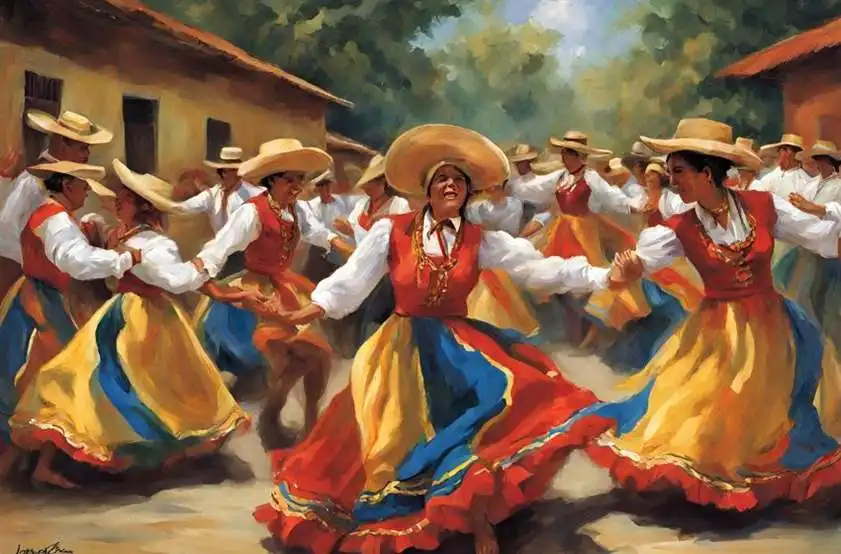
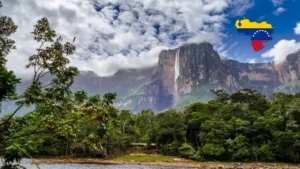
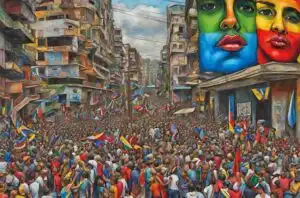
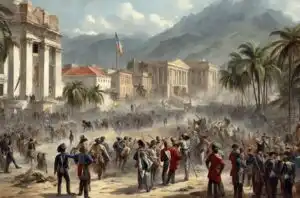
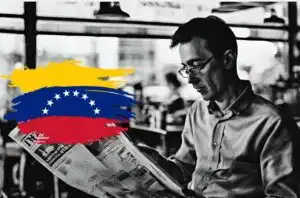

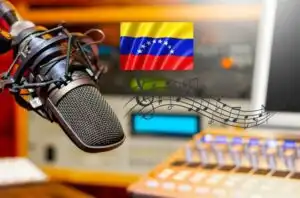
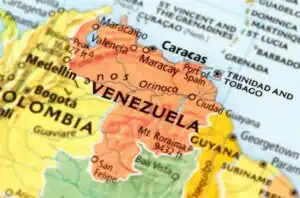
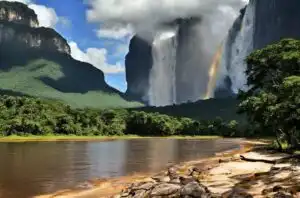
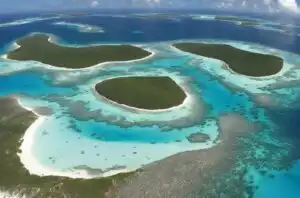
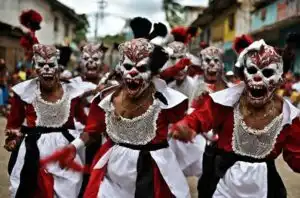
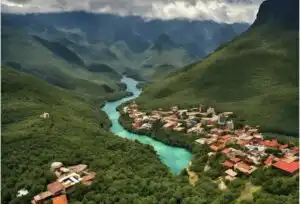
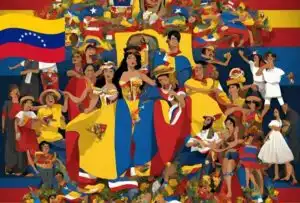
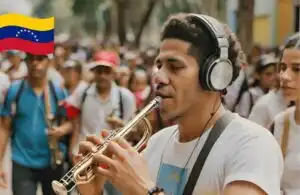
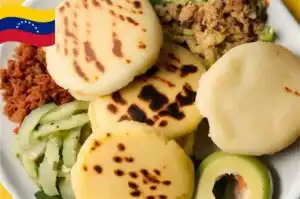
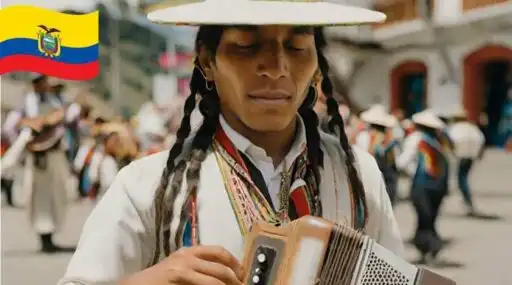
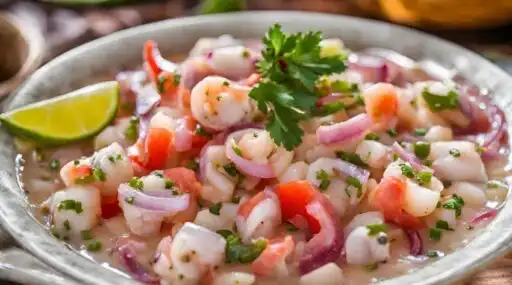
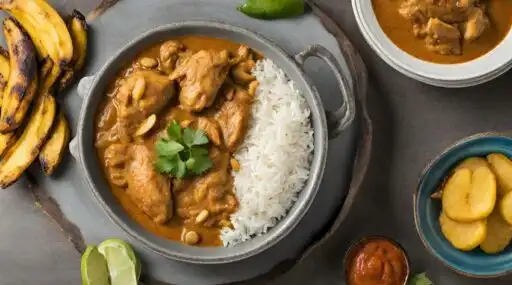
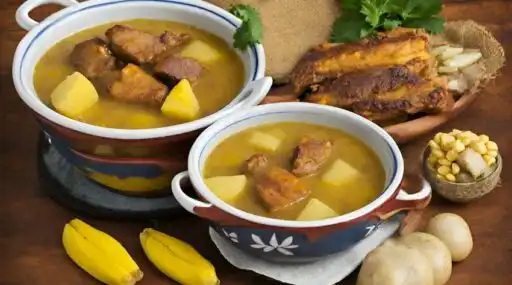

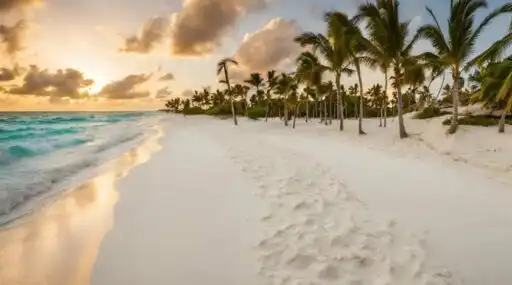
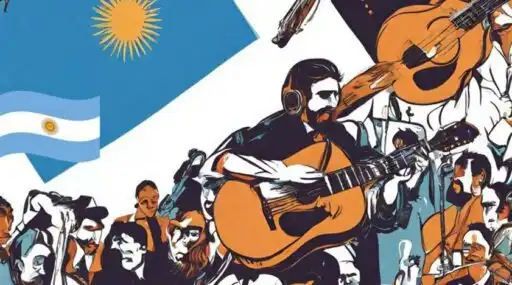
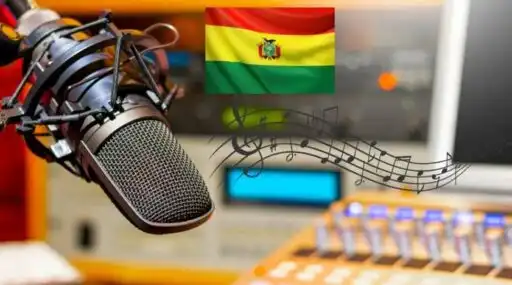
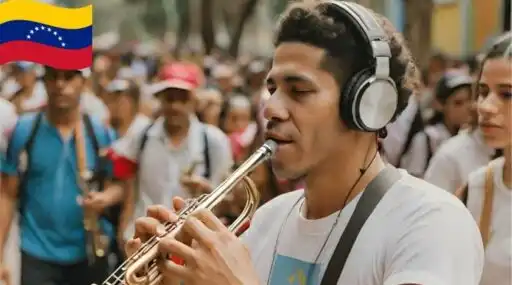
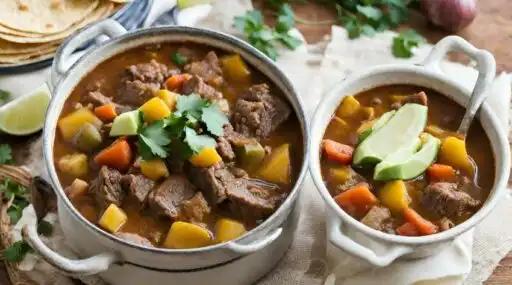

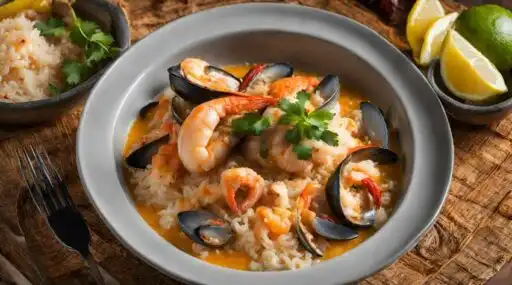
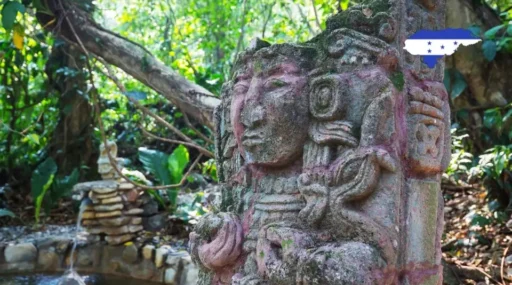

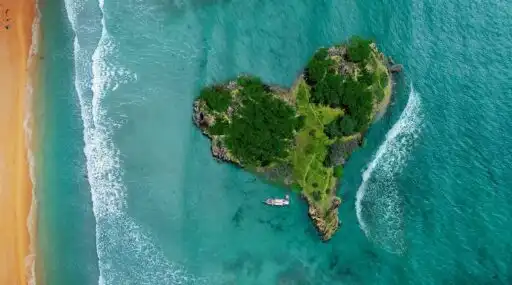
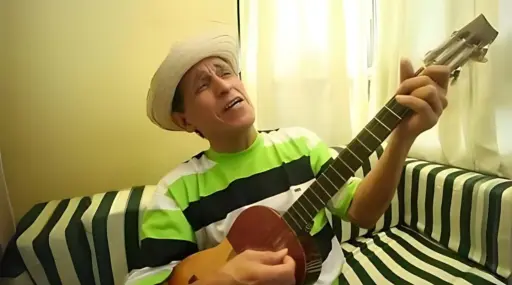
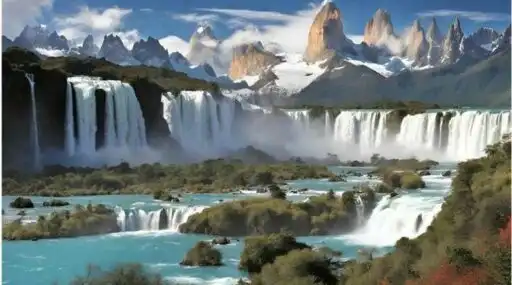
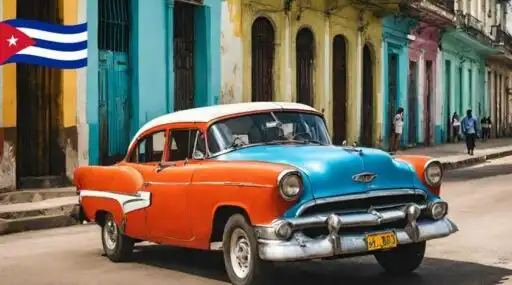
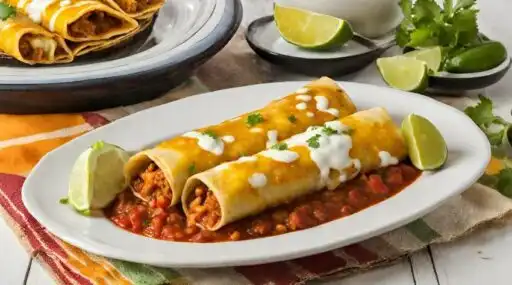
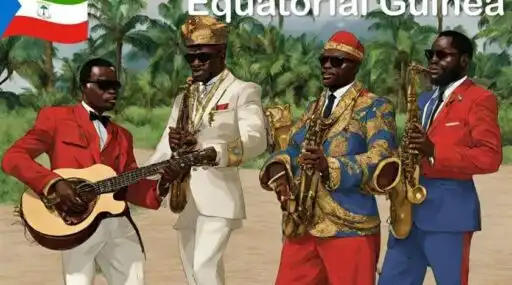

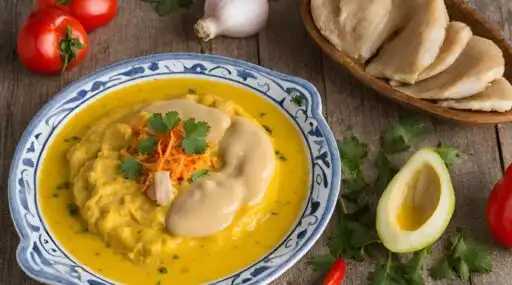
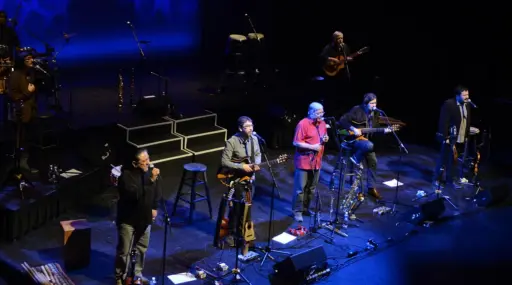
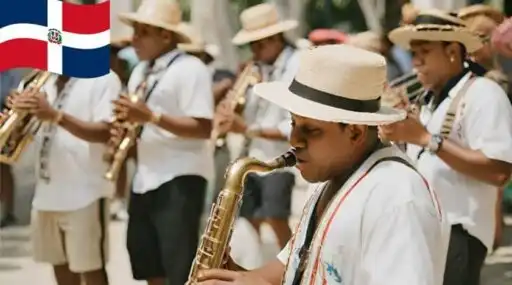
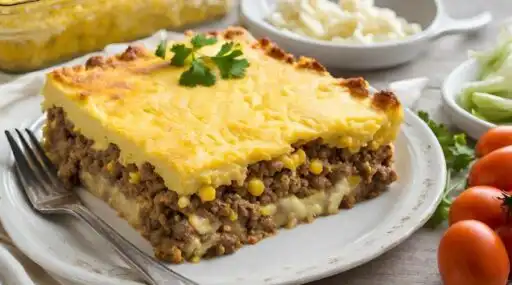
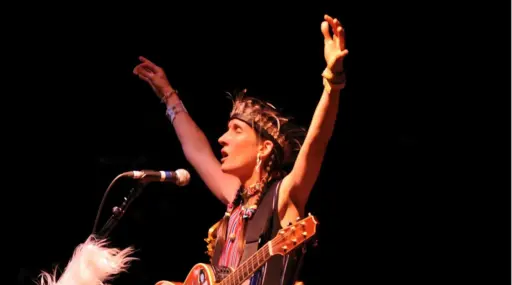
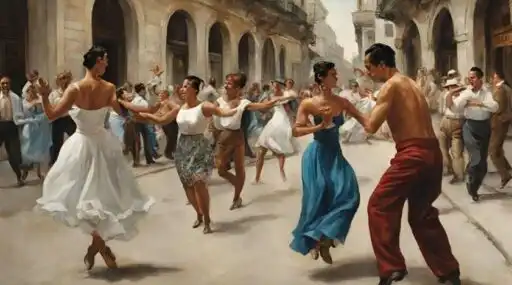
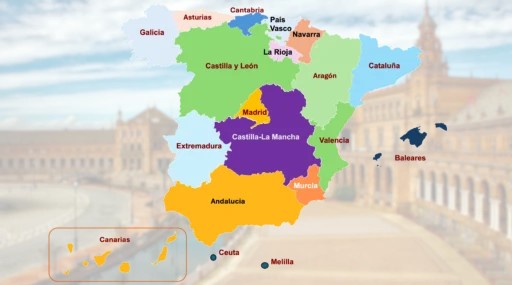
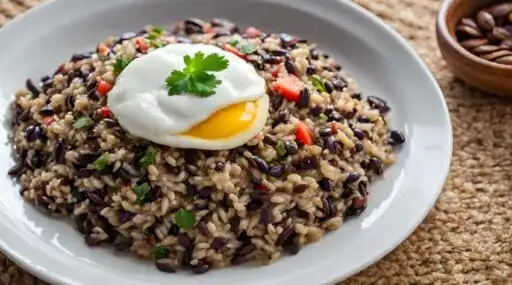
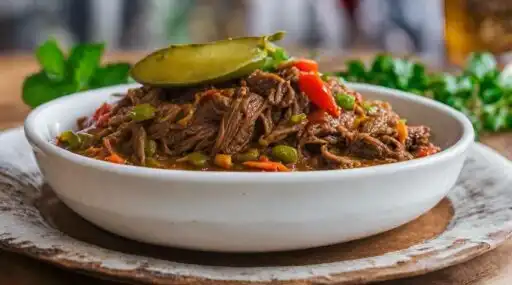
Leave a Reply